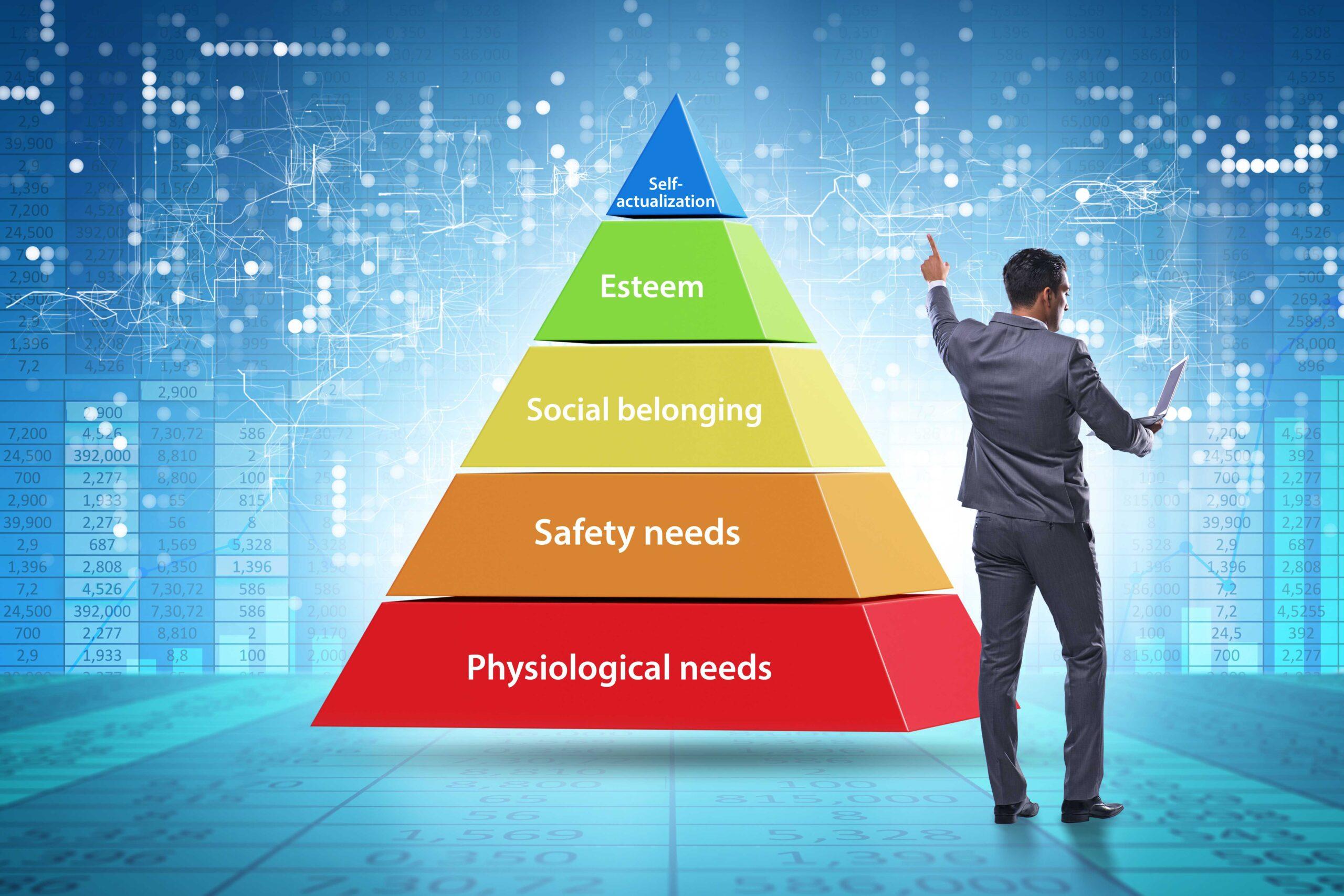How come some people appear to be more driven than others? Or, why some people have greater internal motivation than others. The theory of drive reduction, which can be found in psychology, provides the explanation. According to this view, people are motivated by the desire to alleviate the stress that results from having demands that go unmet.
By understanding this theory, you can unlock the power of motivation to achieve your goals, whether in your personal or professional life. This article will explain the theory of drive reduction and how it might boost motivation and productivity. Drive reduction theory might help you motivate yourself or others.
The Role of Needs and Drives in Motivation
Motivation is a complex psychological concept that has puzzled researchers and professionals for years. At its core, motivation is the driving force that compels individuals to take action, whether pursuing their goals, striving for success, or simply getting out of bed in the morning. But what causes motivation in the first place? The answer lies in the basic human needs and drives that underpin our behavior.
Maslow proposed a hierarchy of needs that explain what drives people’s actions: physiological, safety, love and belonging, esteem, and self-actualization. The basic necessities make up the foundation of the pyramid, while the pursuit of self-actualization represents its pinnacle.
Drive reduction theory suggests that motivation is driven by the need to reduce internal tension caused by unfulfilled needs. When a need is unfulfilled, it creates tension or arousal in the individual, which drives them to take action to reduce the tension and achieve satisfaction. If one is hungry, for instance, he or she will feel tense and uncomfortable until their need is satisfied.
This basic principle of drive reduction theory underpins much of our understanding of motivation and provides a framework for explaining why individuals are motivated to pursue certain goals and behaviors. By understanding the role of needs and drives in motivation, we can unlock the power of drive reduction theory and apply it to our lives.
Drive Reduction Theory and Intrinsic vs. Extrinsic Motivation
Differences between internal and extrinsic motivation can be better comprehended with the aid of drive reduction theory. The term “intrinsic motivation” describes the desire to perform an action or participate in a pursuit because doing so is in and of itself pleasurable. On the other hand, extrinsic motivation is the drive to behave in order to obtain praise or to avoid condemnation. This kind of motivation comes from outside of oneself.
According to drive reduction theory, intrinsic and extrinsic motivation are driven by the need to reduce internal tension caused by unfulfilled needs. However, the source of the tension and the way in which it is reduced differs between intrinsic and extrinsic motivation.
Intrinsic motivation is driven by the need to satisfy internal needs and desires, such as the need for self-expression, autonomy, or mastery. The tension that drives intrinsic motivation comes from within the individual, and the behavior or activity is seen as the reward for reducing that tension.
In contrast, extrinsic motivation is prompted by considerations of self-interest, such as the pursuit of rewards or the avoidance of penalties. The tension that drives extrinsic motivation comes from expecting a reward or punishment rather than an internal need or desire.
Knowing the distinction between intrinsic and extrinsic motivation will help you understand what motivates individuals and how to motivate them more successfully in a variety of settings.

The Relationship Between Drive Reduction Theory and Goal Setting
Goal setting is a powerful tool for motivating individuals to achieve their desired outcomes. Drive reduction theory can help us understand why goal setting is effective and how it can enhance motivation.
When an individual sets a goal, they are essentially creating a new need or desire that must be fulfilled in order to reduce internal tension. An individual’s feeling of purpose and direction can be strengthened and motivation can be increased through the process of goal-setting.
As the individual works towards their goal, they experience a sense of progress and accomplishment, reducing the tension and increasing motivation. This process is known as feedback loop theory, a key component of drive reduction theory.
However, not all objectives are created equal in terms of their ability to inspire action. Instead of increasing motivation, setting goals that are too easy or too difficult can have the opposite effect. Understanding the relationship between drive reduction theory and goal setting allows us to design effective goal-setting strategies that maximize motivation and productivity.
The Four Stages of Drive Reduction Theory
Drive reduction theory can be broken down into four basic stages:
1. Need: The individual experiences a physiological or psychological need, such as hunger, thirst, or a desire for social connection.
2. Drive: The need creates tension or arousal, known as the drive state. The drive state compels the individual to take action to reduce the tension and satisfy the need.
3. Response: The individual engages in a behavior or activity aimed at reducing tension and satisfying the need.
4. Reward: The behavior or activity results in a reward, such as reducing tension or satisfying the need. The reward reinforces the behavior and increases the likelihood that it will be repeated.
These four stages provide a framework for understanding the basic motivation process and how it can be applied to various contexts, from personal goal-setting to organizational behavior.
Related Article: Dialectial Behavior Therapy(DBT)
Applications of Drive Reduction Theory in Workplaces and Education
Drive reduction theory has important implications for workplaces and education, where motivation is critical for success. Managers and educators can design strategies that increase motivation and productivity by understanding the basic principles of drive reduction theory.
For example, in the workplace, managers can use goal-setting techniques, rewards, and feedback loops to enhance motivation and drive performance. They can also create a work environment that supports intrinsic motivation, such as by providing opportunities for autonomy, creativity, and mastery.
Teachers can use similar strategies in education to motivate students and enhance learning. They can set challenging but achievable goals, provide feedback and rewards, and create a supportive classroom environment that encourages intrinsic motivation.
By applying the principles of drive reduction theory in workplaces and education, we can create environments that foster motivation, engagement, and success.
Practical Tips for Applying Drive Reduction Theory in Daily Life
Finally, drive reduction theory can be applied daily to enhance motivation and achieve our goals. Here are some practical tips for applying drive reduction theory:
- Set achievable goals that provide a sense of purpose and direction.
- Create a supportive environment that encourages intrinsic motivation, such as by pursuing enjoyable, interesting, or meaningful activities.
- Use rewards and feedback loops to reinforce behaviors that lead to goal attainment.
- Recognize the role of needs and drives in motivation and use this understanding to design effective motivation strategies.
- Stay focused on the process of achieving your goals rather than just on the outcome. Have fun on the trip, and don’t forget to celebrate your accomplishments along the way.
By applying these tips and the principles of drive reduction theory, we can unlock the power of motivation and achieve our desired outcomes in life.
